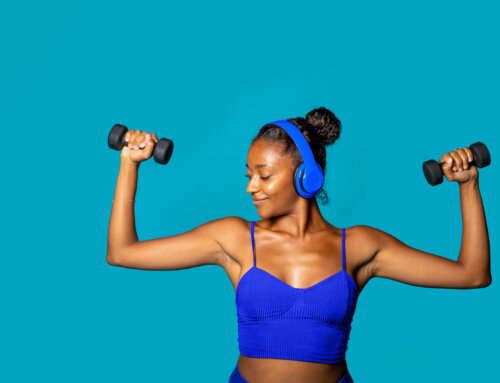Is your child’s backpack weighing them down? While backpacks are one of the most convenient and popular ways to carry books and school supplies, an overloaded and/or improperly worn backpack may be injuring your child. Injury can occur when a child, in trying to adapt to a heavy load, uses faulty postures such as arching the back, bending forward, twisting, or leaning to one side. These postural adaptations can cause improper spinal alignment and cause the muscles to work harder, leading to strain and fatigue. This leaves the neck, shoulders, and back more vulnerable to injury.
Some tips for safe backpack use include:
- Wear both straps. Using only one strap causes one side of the body to bear the majority of the weight of the backpack, causing a poorly aligned, asymmetrical posture.
- Put on and remove backpacks without excessive twisting.
- Wear the backpack over the strongest mid-back muscles. It should rest evenly in the middle of the back. Shoulder straps should be adjusted to allow the child to put on and take off the backpack without difficulty and to permit free movement of the arms. Straps should not be too loose, and the backpack should not extend below the low back.
- Lighten the load. Keep the load at 10 to15 percent or less of the child’s bodyweight. Carry only those items that are required for the day (some children have an extra set of books at home). Organize the contents of the backpack by placing the heaviest items closest to the back.
- Encourage activity. Children who are active tend to have better muscle flexibility and strength, which makes it easier to carry a backpack.
L
When selecting a new backpack, choose features that enhance safety and comfort. Some things to look for include a padded back, wide, padded shoulder straps instead of narrow straps, hip and chest belts to transfer some of the backpack weight from the back and shoulders to the hips and torso, multiple compartments to better distribute the weight in the backpack, and ease access to the contents, and reflective material to enhance visibility of the child to drivers at night.
Backpacks with wheels are a good option for younger students who do not change classes or need to go up and down stairs frequently. However, there are precautions to take with “rolling backpacks” as well. Be sure that the extended handle is long enough so that the child is not forced to twist and bend, and that the wheels are sufficiently large so that the backpack doesn’t shake or topple.
Parents and children can avoid injury by recognizing the following warning signs that the backpack is too heavy:
- Change in posture when wearing the backpack;
- Struggling when putting on or taking off the backpack;
- Pain when wearing the backpack;
- Tingling or numbness in arms and legs, mostly arms; or
- Red marks on the shoulders.
L
Also keep these tips in mind when carrying camping backpacks, purses, laptop bags, duffel bags, etc. Simple changes now can prevent injuries and avoid trips to my office!
Conshohocken Physical Therapy
20 East 11th Avenue
Conshohocken, PA 19428
610-828-7595 (Phone)
admin@conshypt.com
Social Media Contacts
Facebook: facebook.com/conshypt
Twitter: @conshypt
Youtube: conshypt
L
This article was brought to you by Desirea D. Caucci, PT, DPT, OCS, Co-owner of Conshohocken Physical Therapy, Board Certified Orthopedic Clinical Specialist. Stay tuned for more blogs from the team of dedicated professionals at CPT!
We Are Supported By:






















